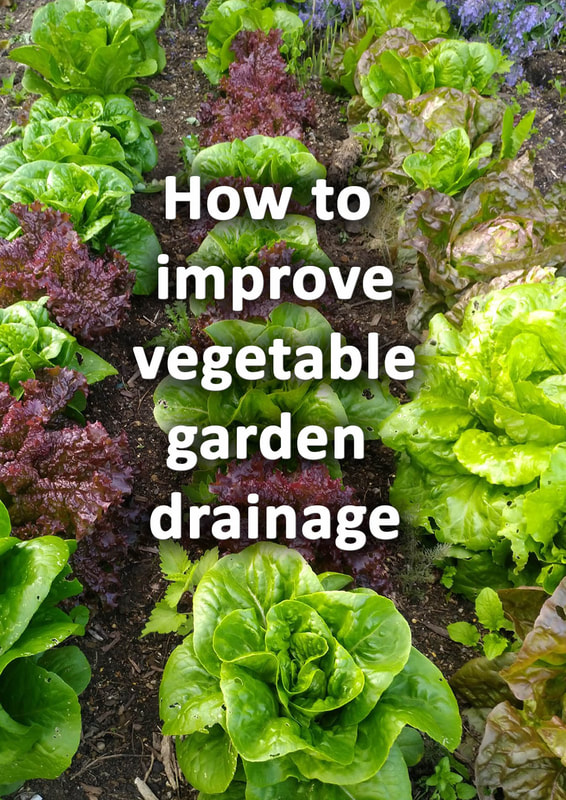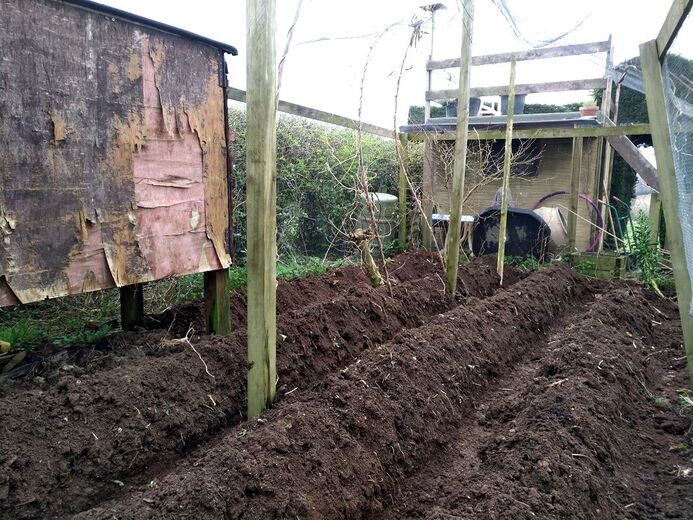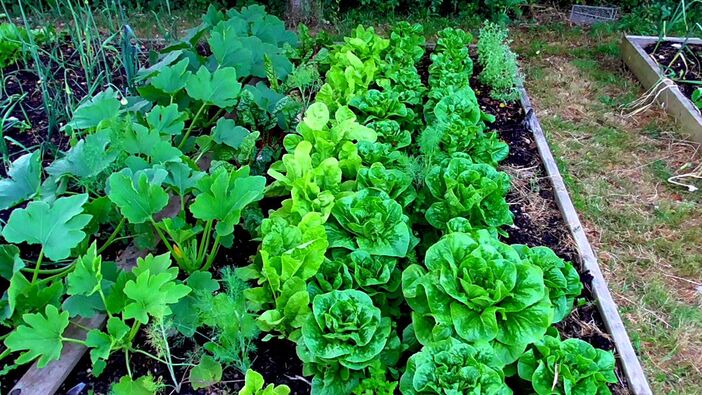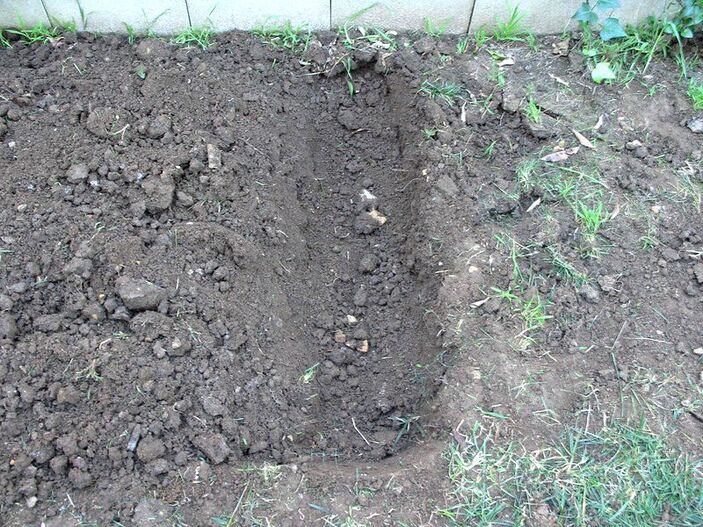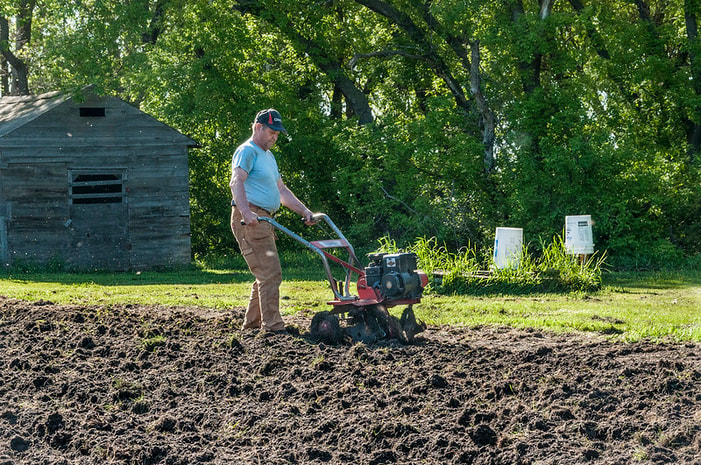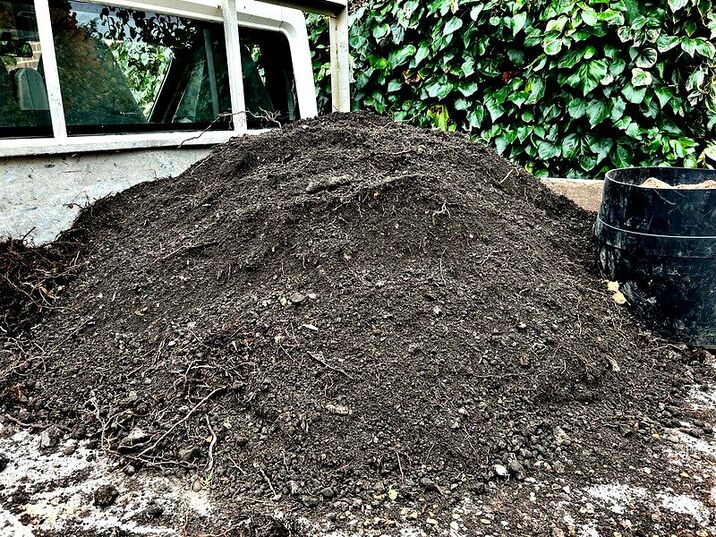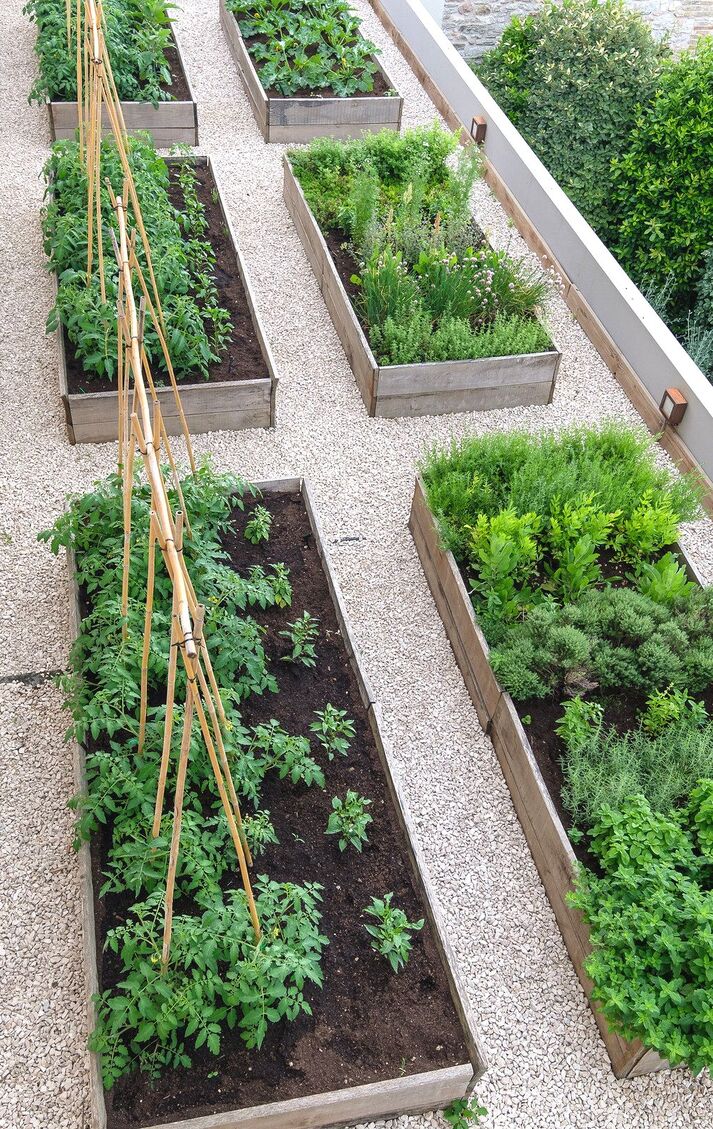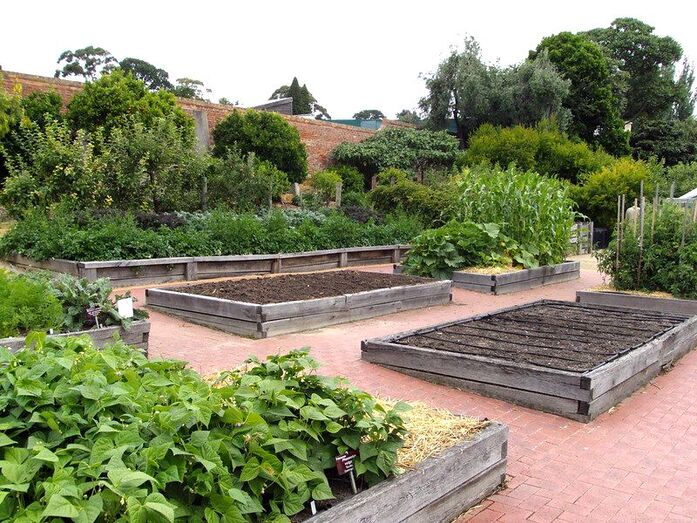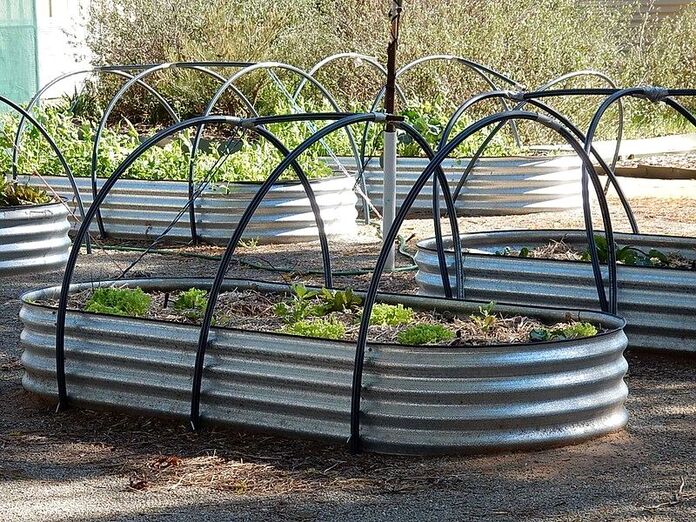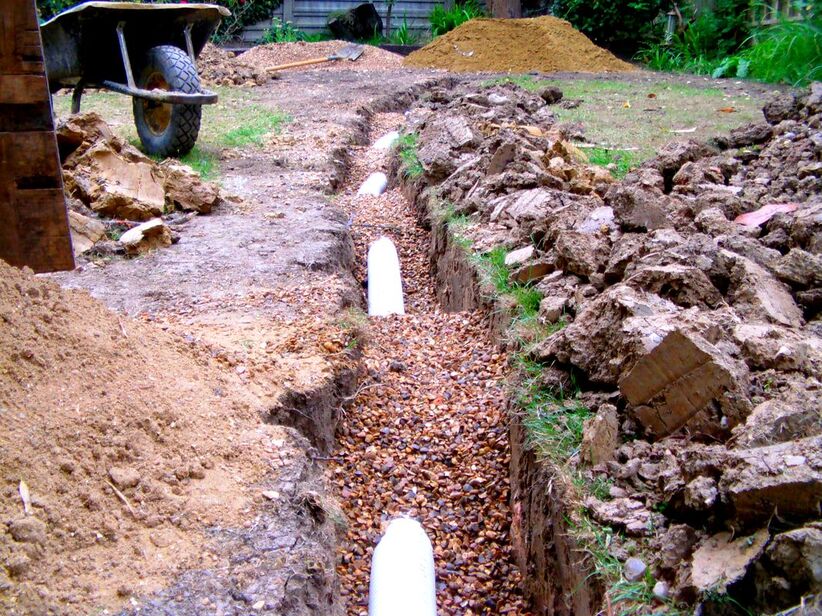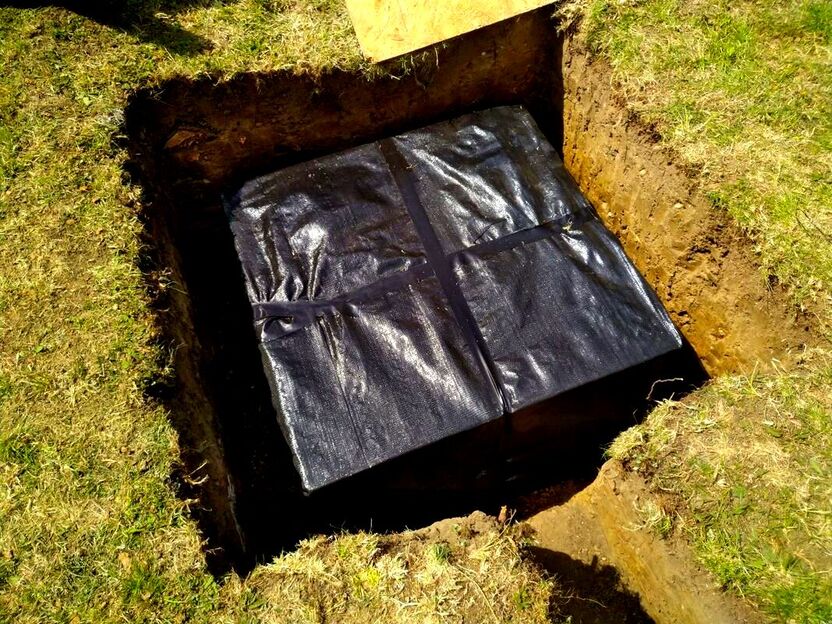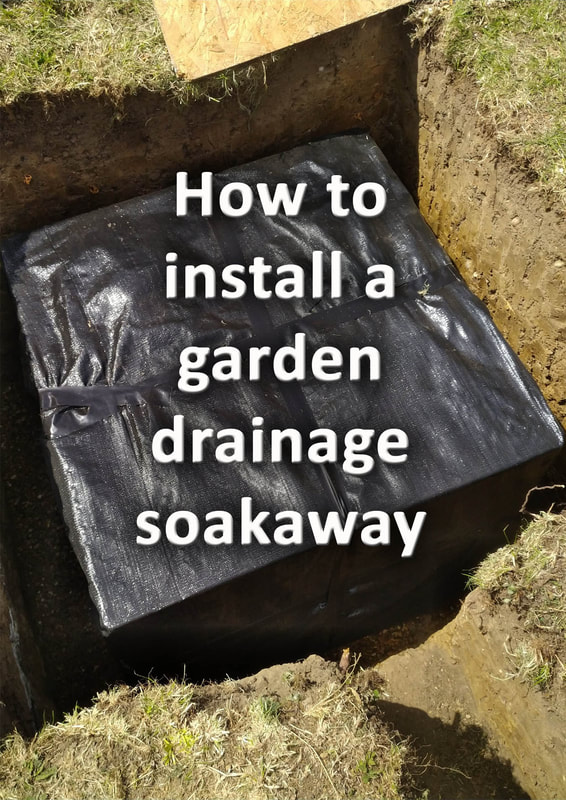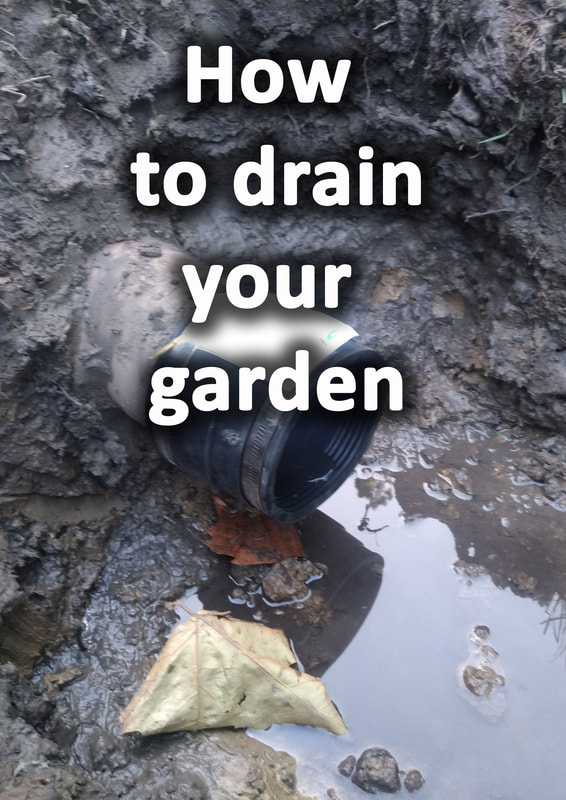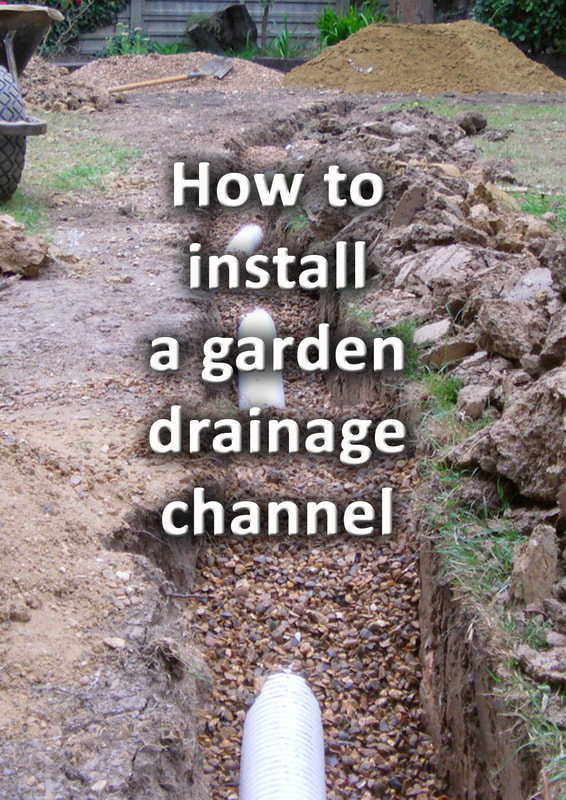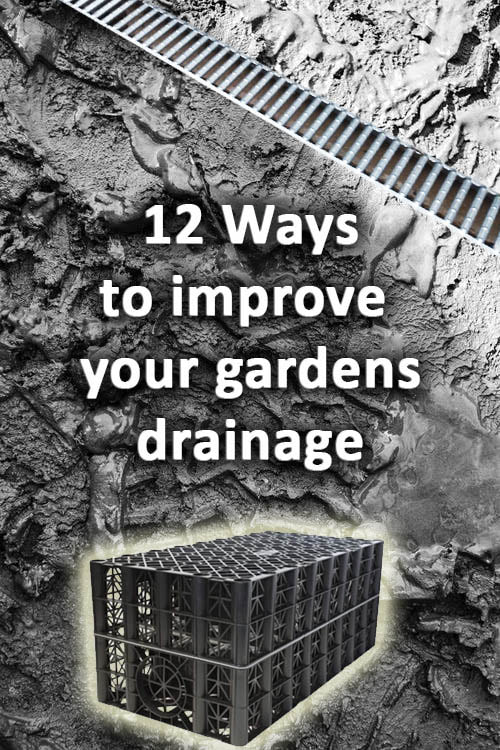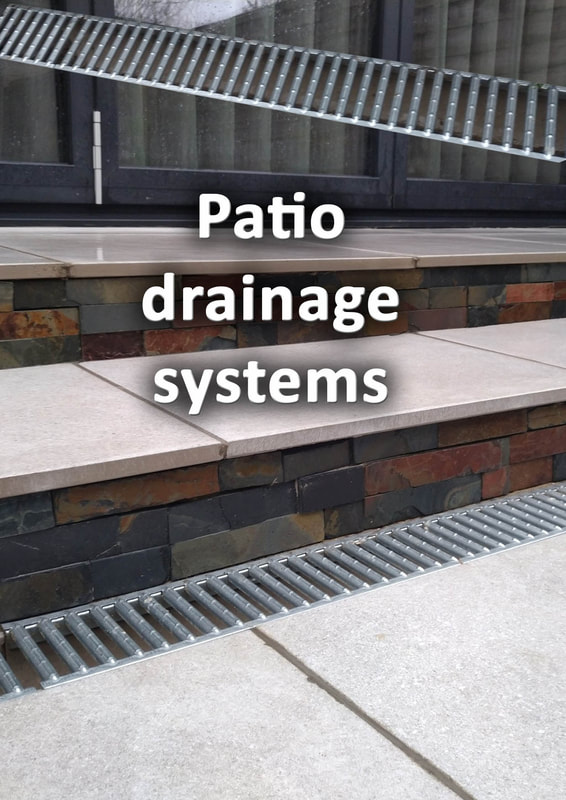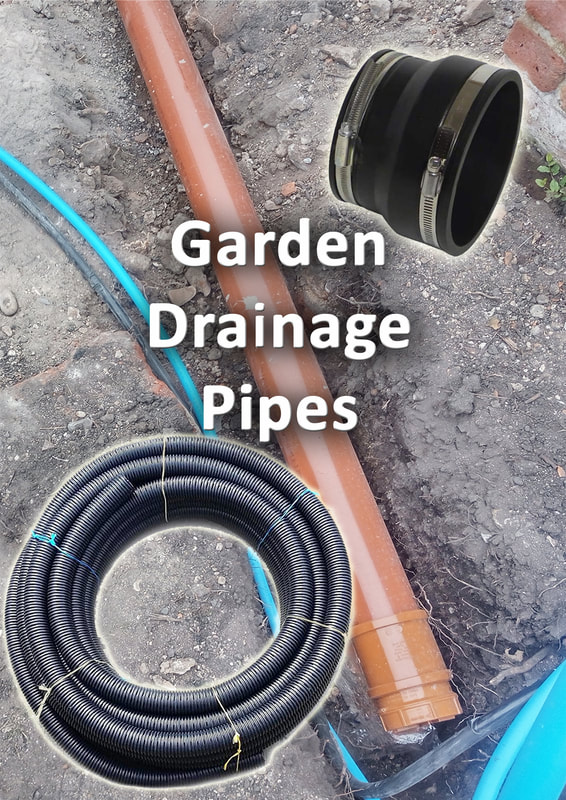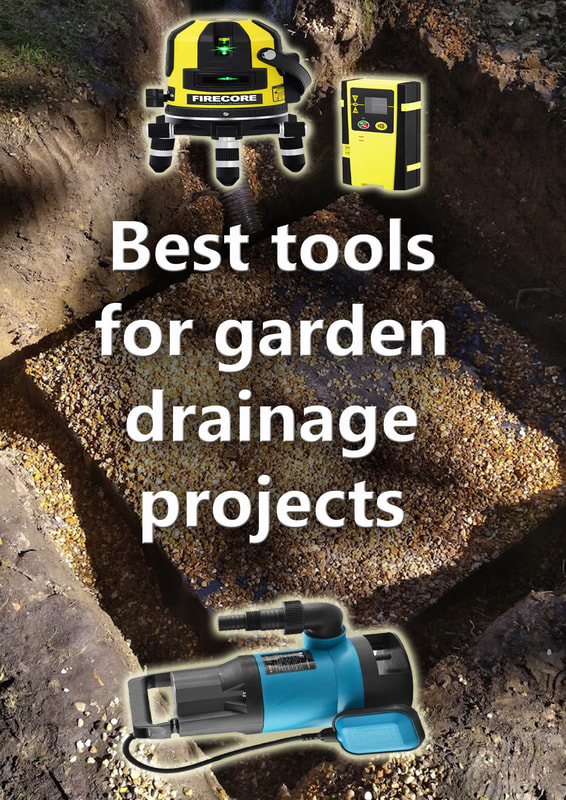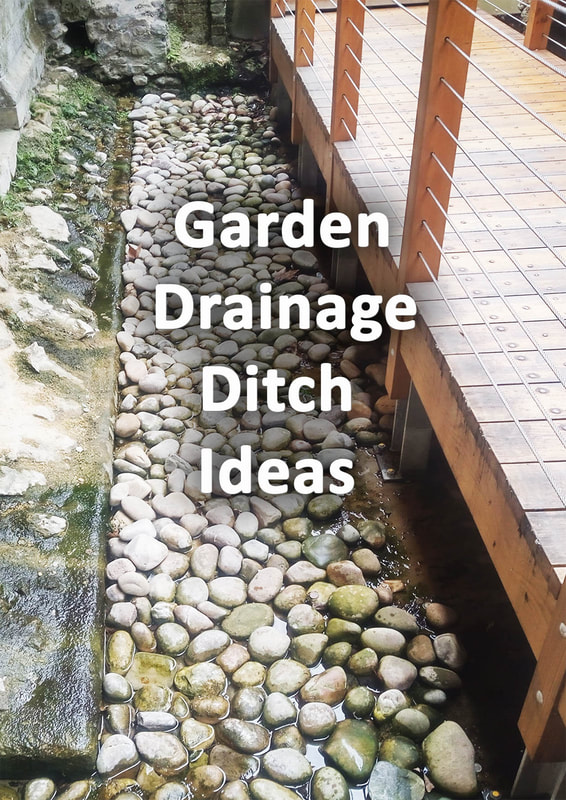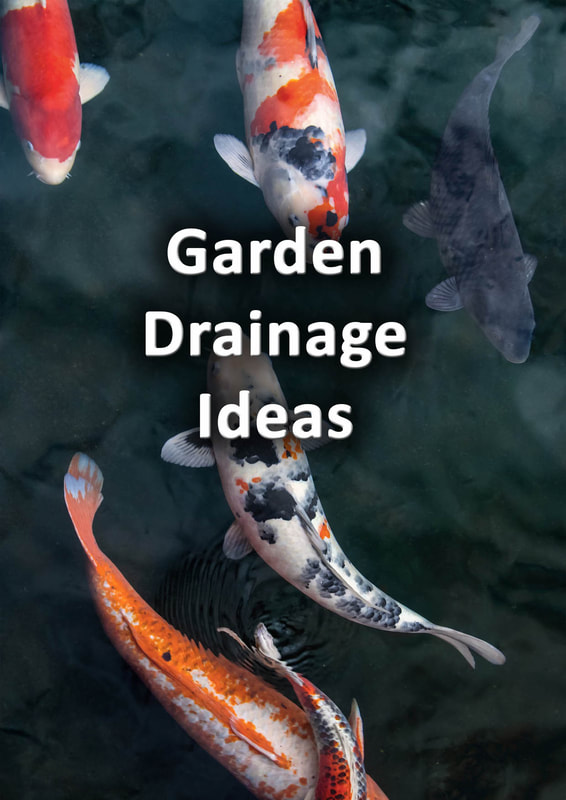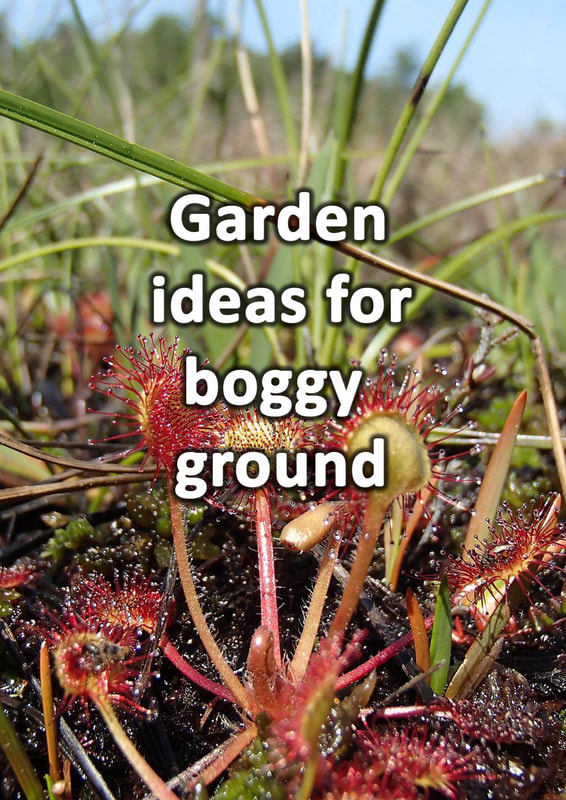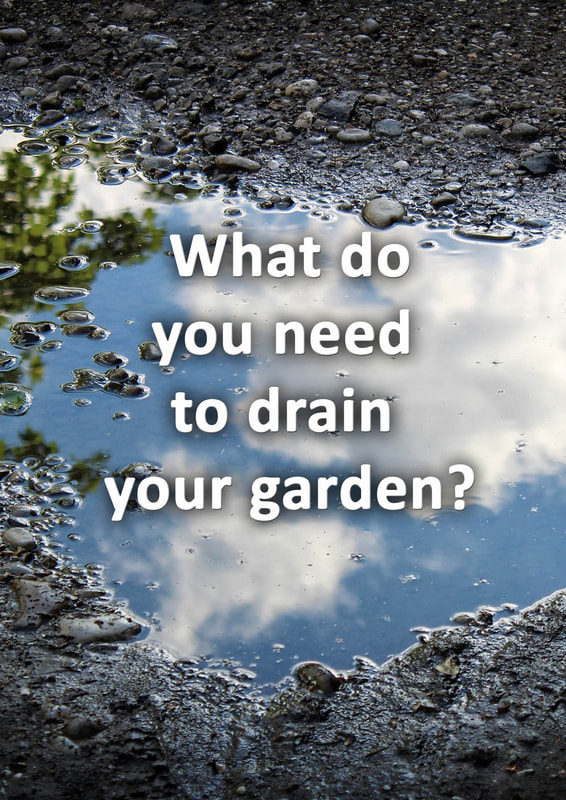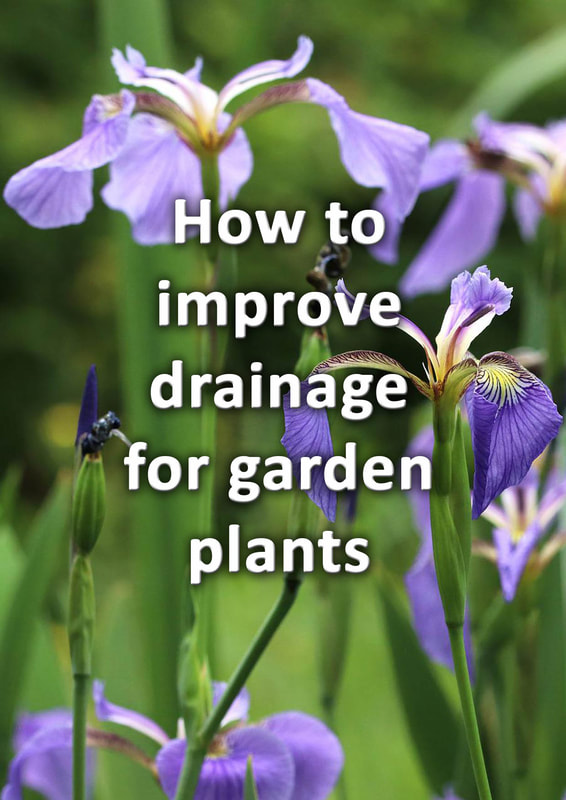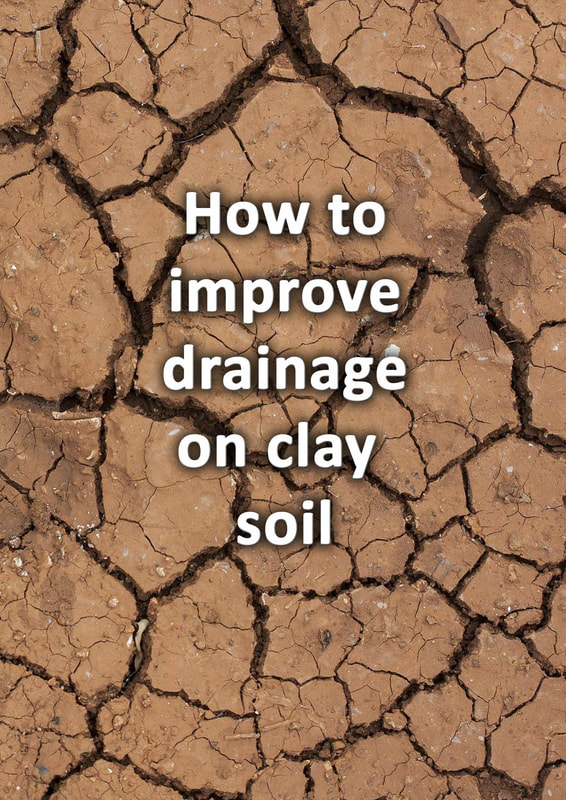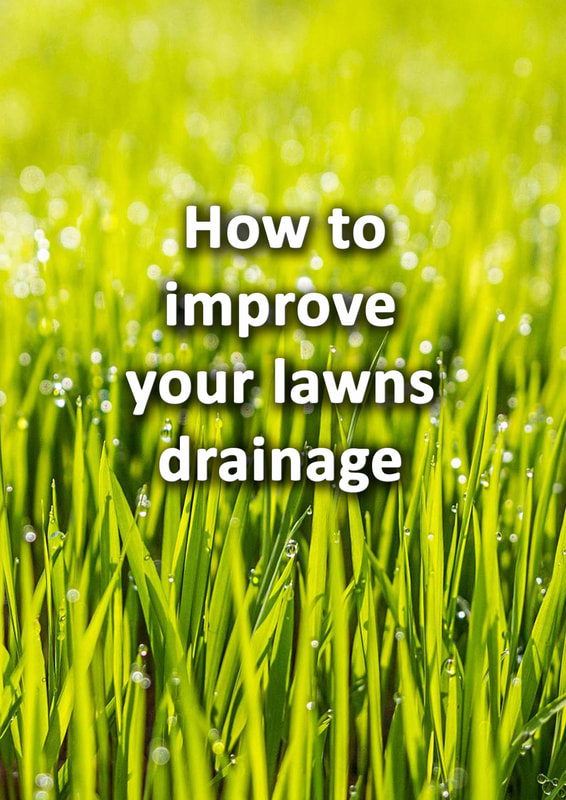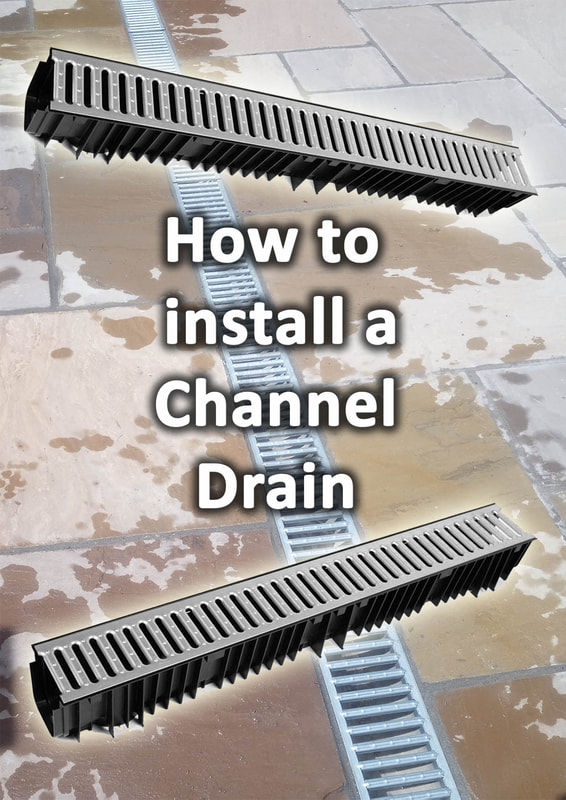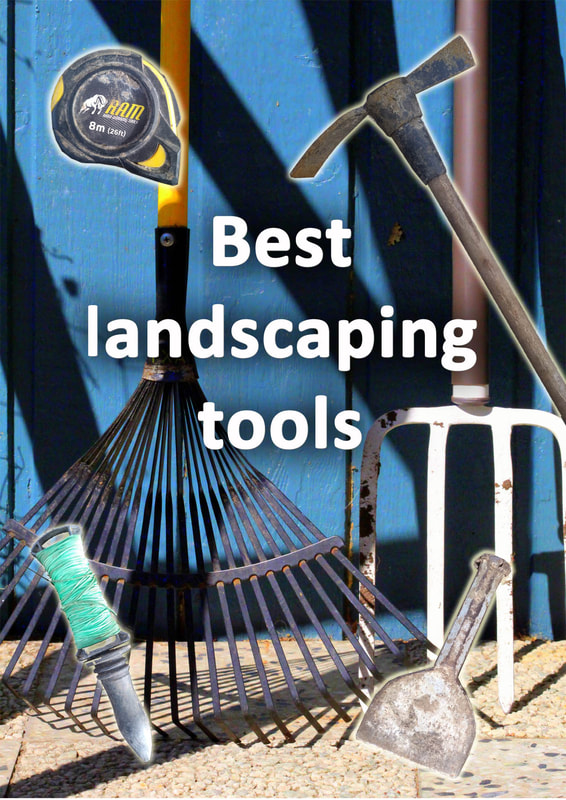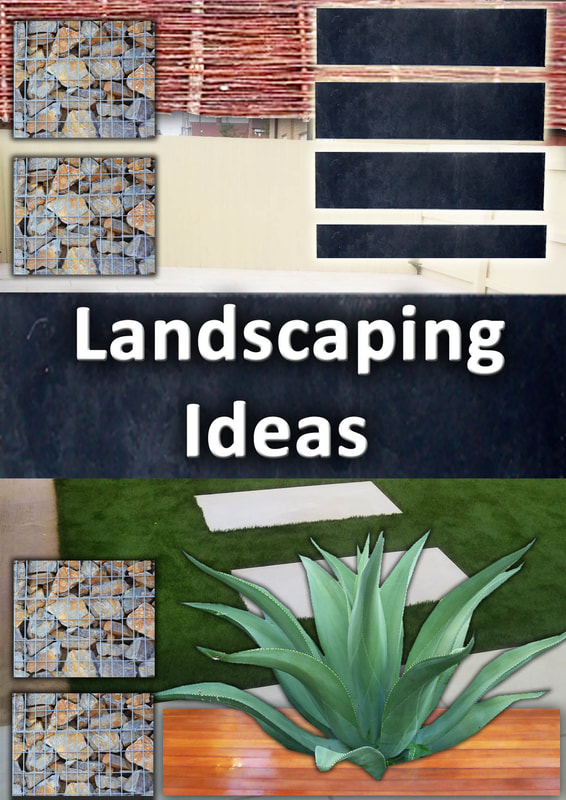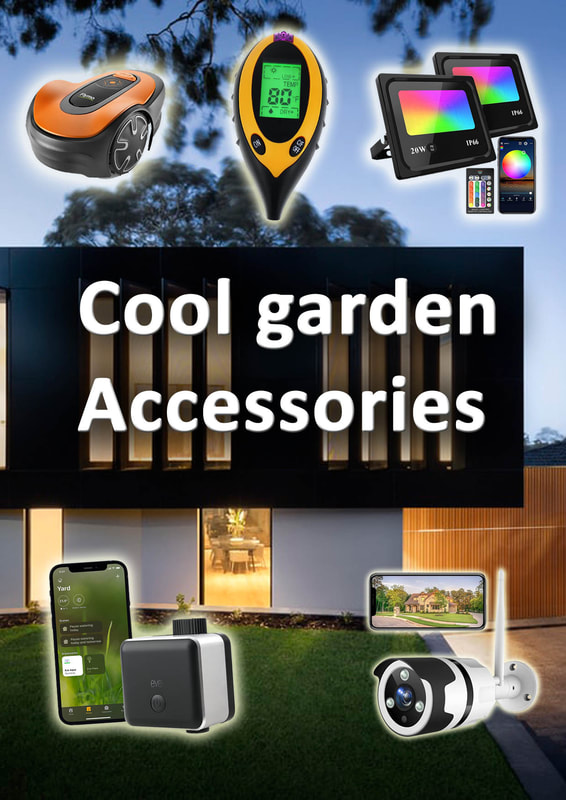|
This article contains affiliate links
Growing your very own fresh vegetables is one of the many joys of gardening. However producing the perfect crops is not always an exact science.
It takes years of knowledge, skill and trial and error to get things just perfect. Even so, during some seasons a particular crop will grow well and in other years not do so well. Vegetable gardeners are always learning and nothing is predictable. This means vegetable growers have to master every fundamental element to give them the best chance of bountiful harvests. One of the most crucial of these is soil drainage. Too wet and vegetables can rot, too dry and crops can fail to produce. Hence vegetable garden drainage is a very important aspect of productive crop growing. Here I will explore methods of vegetable, garden, drainage so you can grow the perfect crops in any soil! Raised drills
If your vegetable plots are suffering from boggy conditions a simple solution is formed raised drills. Not only do these raised mounds of soil drain more effectively they can lead to larger crops. The extra soil depth provides more growing space for roots to absorb nutrients. This type of vegetable growing is also optimum for root crops such as carrots, parsnips and potatoes. Excavate out channels in spring and heap up the spoil in linear drills. These will provide much better vegetable garden drainage in boggy soil. Species selection
A fundamental part of successful vegetable gardening is understanding the needs of each vegetable variety. Some crops prefer better drained soil than others while some like higher levels of moisture. Vegetables like lettuce, spinach, kale and cabbages prefer moisture retentive soil conditions. Crops such as corn, rocket, onions and carrots are more suited to drier, well drained conditions. Selecting the right species for the right moisture content can be paramount. If your vegetable plot is on a gradient grow rows of moisture loving crops along the low contour. Plants more suited to drier conditions can then be planted along the higher contours. Double digging
Double digging is a system of soil improvement where the ground is excavated two spade depths or spits deep. Such deep digging to a depth of around 400mm breaks open the soils natural hard pan. The hard pan is a compressed layer of ground which can prevent plants from reaching vital nutrients. The hard pan can also be impervious to water reducing the soils capacity to drain. As a long trench is excavated to the desired depth, manure and organic matter is laid in the base. A new trench is then excavated next to the previous, filling in the previous trench with excavated spoil from the new. This provides deeply worked soil which is nutrient rich with improved levels of drainage. Double digging is extremely effective at improving drainage for vegetable plots. Rotavating
Rotavating the soil with a rotavator is an effective way to improve soil drainage within your vegetable garden. This is especially so if your garden has clay soil. Rotavating breaks up soil particles which improves water permeability. This action will also open the ground up to further amelioration which can boost fertility and excel drainage. Rotavating organic matter into the soil is an optimum strategy for achieving this. Organic matter
Organic matter worked deeply into vegetable gardens can really improve water permeability. Materials such as leaf mould, compost, rotted manure and even bark chips can all work well. These materials can prevent soil particles from sticking together and forming compacted clods. Organic matter added over time can also boost soil ecology which will further improve soil texture. As well as improving vegetable gardens drainage organic matter will also boost a soils fertility. Sand & Grit
Course sand and horticultural grit are staple ways to improve drainage in boggy soil. In order to be effective you will need to work in a sizable amount. This is best done while rotavating the soils surface. This will ensure as many soil particles as possible are mixed with the free draining material. The most cost effective method is by ordering jumbo bags of sharp sand from builder’s merchants. Raised beds
If your vegetable garden is often waterlogged it may be best to build raised vegetable beds. These can be built with timber sleepers, concrete or brick. As well as creating well drained growing plots they provide the opportunity to choose your own soil. This can be a life line if your local soil type is challenging. Typically raised beds can be filled with a compost, topsoil mix which is perfect for growing vegetables. How high you build your growing beds can reflect how bad your garden drainage is. Raised beds can actually improve your garden drainage as a whole by providing greater moisture absorption. Orientation and gradient
If your vegetable garden suffers with poor drainage you may have to assess its orientation and gradient. It has been shown that sloping ground facing into the sun has significantly better drainage. This is because the soil heats up well from the micro-climatic effect. The soils gradient also allows excess water to drain away freely during heavy rain. If your vegetable plot is flat create a retaining wall on the Northern side, (South in southern hemisphere). Then grade and fill soil where necessary to form a sunny slope. Not only will your vegetable garden drain better but it will also become warmer and brighter. Large containers
If you do not have the budget to install raised beds, large containers are a good alternative. Depending on how poor your garden drainage is, containers can be sunk down into the soil. This will provide well drained, vegetable, growing, areas, while still allowing crops to draw up moisture from the underlying soil. This is a particularly effective strategy for root crops such as carrots, parsnips and potatoes. Install drainage channels
If your vegetable garden has become increasingly waterlogged over time a drainage system could be a good solution. Today poor drainage is an ever increasing problem with extensive hard surfacing and high rainfall. Particularly in residential areas the ability for gardens to absorb surface run off is becoming increasingly challenging. An effective way to drain a vegetable garden is by installing drainage channels. These provide free draining voids for excess storm water to flow to. These consist of linear excavations lined with perforated pipes and filled with free draining gravel. Depending on the severity of your water logging you may need to plumb channels into a garden soakaway. Soakaways
Garden drainage Soakaways may be needed if you garden has ongoing drainage issues. Most of the time serious water logging is a result of water having nowhere to run. Drainage channels alone may simply fill up to the top with limited benefit. In such circumstances soakaway crate systems should be installed. Crate systems are robust plastic structures which hold up to 97% of their capacity in water. A cubic metre garden soakaway creates a large void for drainage channels and pipes to drain into. Such systems are typically perfectly adequate to drain boggy gardens including vegetable plots. Garden drainage services & drainage contractors in Buckinghamshire
Buckinghamshire landscape gardeners are experts in garden drainage and provide a number of garden drainage solutions. Our garden drainage services include;
Our garden drainage services cover most of Buckinghamshire including:
Thank you for reading our article on how to improve drainage in your vegetable garden.
If you found it informative and helpful, why not share it via the icons below? For further reading on garden drainage we have linked to some of our other articles below.
'As an Amazon associate I earn from qualifying purchases'
0 Comments
Leave a Reply. |
The Author
|
Landscaping services across Buckinghamshire, Amersham, Aylesbury & High Wycombe
Hyde Heath, Amersham, Buckinghamshire |
|
